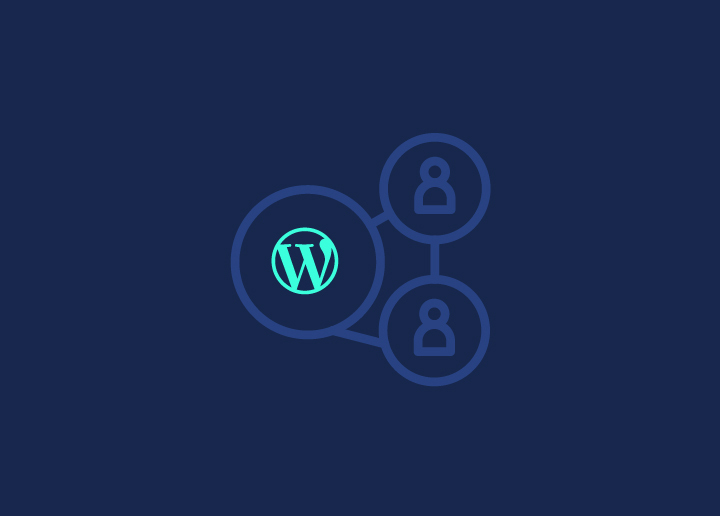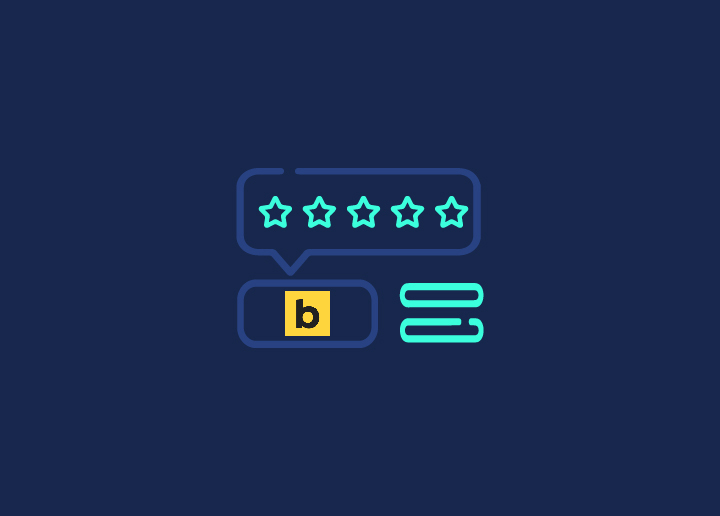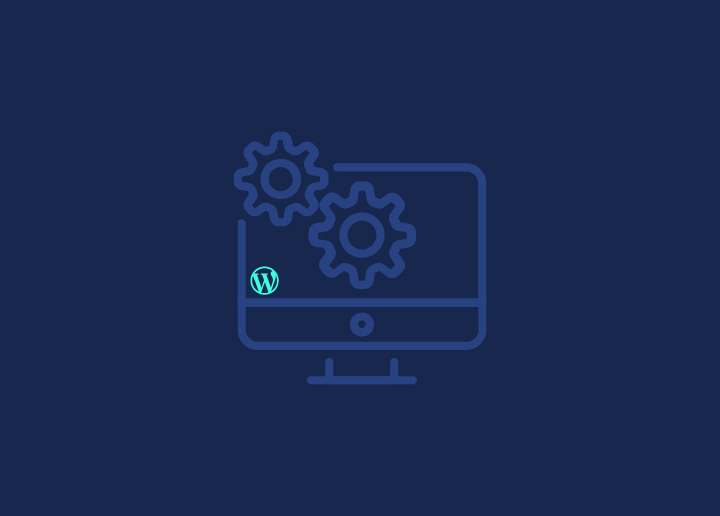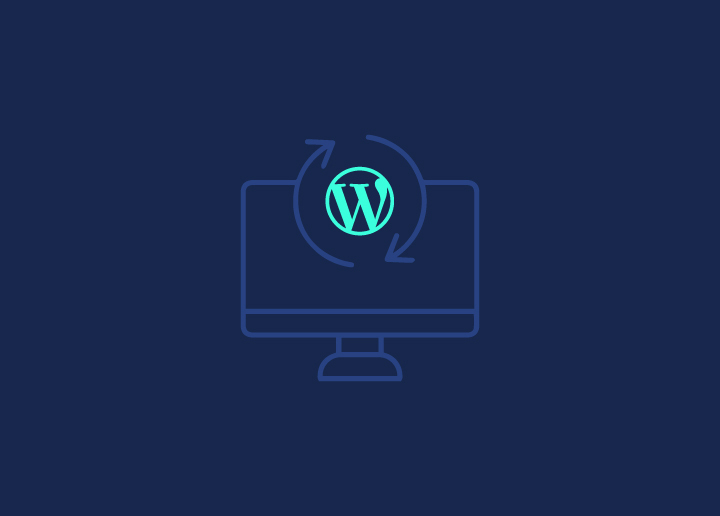The capacity of an application to produce a web page on the server rather than in the browser is referred to as server-side rendering. When the JavaScript on a website is rendered on the server, a wholly rendered page is transmitted to the client, and the client’s JavaScript bundle activates, allowing the Single Page Application framework to function.
The capacity of an application to turn HTML files on the server into a fully rendered HTML page for the client is known as server-side rendering (SSR). The web browser sends a request for information to the server, which answers immediately by delivering the client a completely displayed page. Search engines may crawl and index material before it is delivered, which is advantageous for SEO purposes.
What are the advantages of server-side processing/rendering?
The following are some of the benefits of server-side rendering: A server-side rendered application allows pages to load quicker, which improves the user experience.
Because material may be generated before the page is loaded, search engines can index and crawl content when rendered server-side, which is perfect for SEO.
Web browsers prioritize websites with faster load speeds and are appropriately indexed.
Server-side rendering speeds up the loading of web pages for people with sluggish internet connections or old devices.
What are the risks of rendering on the server-side?
The following are some of the drawbacks of server-side rendering:
Because server-side rendering is not the norm for JavaScript websites, and the server bears a complete load of generating content for users and bots, it can be expensive and resource-intensive.
While the server-side rendering of static HTML is quick, larger, and more complicated for applications to be rendered, the server-side might increase load times due to the bottleneck.
Third-party JavaScript code may not be compatible with server-side rendering.
Server-side rendering may be perfect for static site creation, but in more complex applications, numerous server calls and entire page reloads might result in slower page rendering.
Today’s use of server-side
Every request must pass from the client to the server since all processes are hosted on the server. There is a large degree of lag introduced by this process. Requests, in other words, can degrade the user experience, increase server load, and prohibit program use if the server connection is terminated.
As a result, many developers increasingly use client-side techniques in their application design for real-time dynamic websites like current web apps as business logic. Running scripts within the browser to modify the content a user sees is part of the transition away from doing everything on the server.
Rendering on the server vs. rendering on the client
Instead of obtaining all of the material from the HTML page, client-server rendering renders content in the browser using the client-side JavaScript library. The browser does not send a new request to the server when a new page is loaded. Search engine rankings may be harmed because the information is not produced until the page is loaded on the browser; nevertheless, website rendering is often faster in client-side generated apps. When deciding between server-side and client-side rendering, the developer will examine the scope of the project, the application’s complexity, and other variables.
Want to know more about this topic? Head to Seahawk Media for the best information on server-side rendering


















